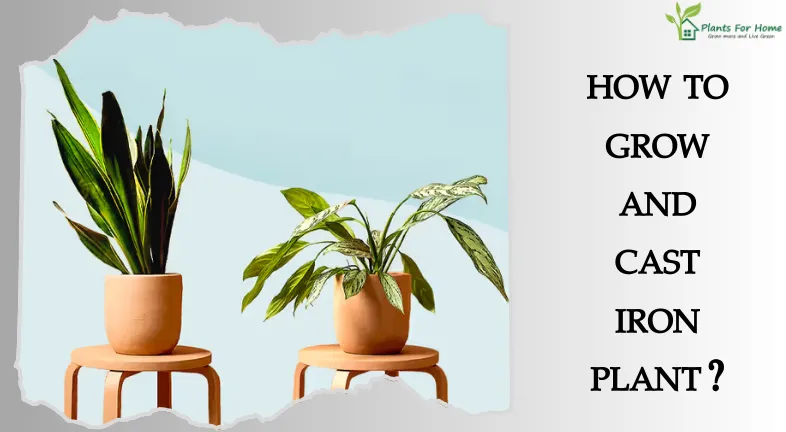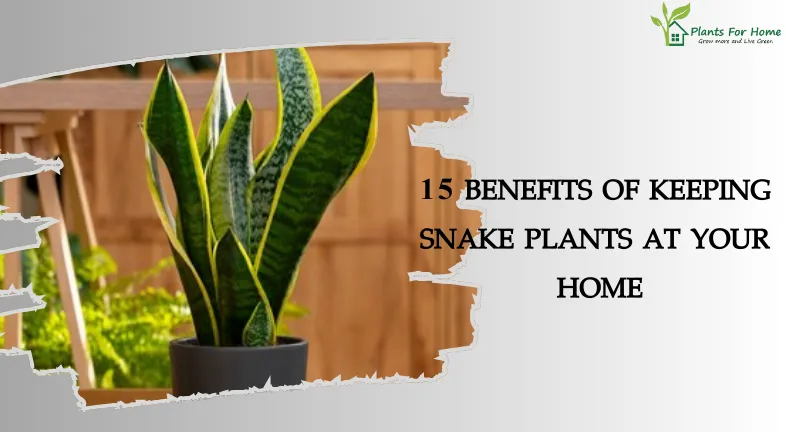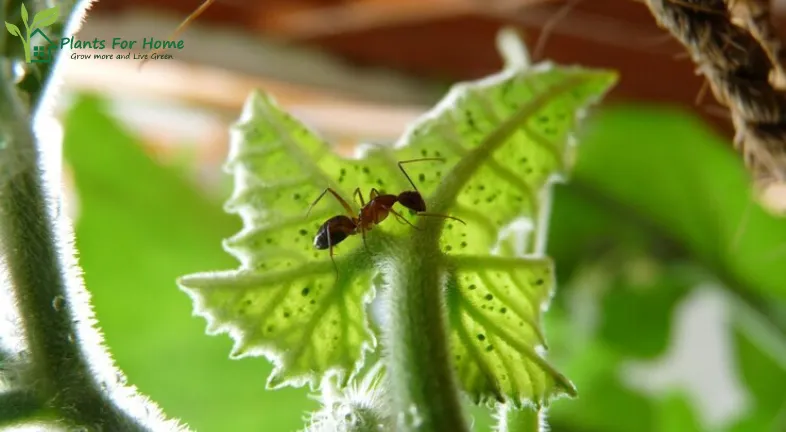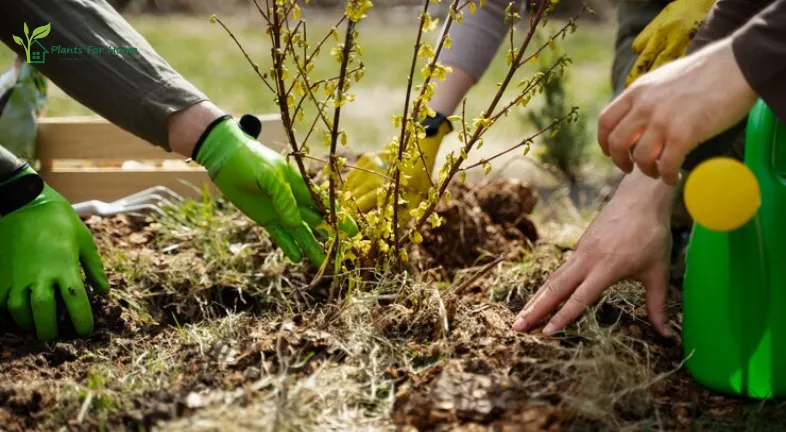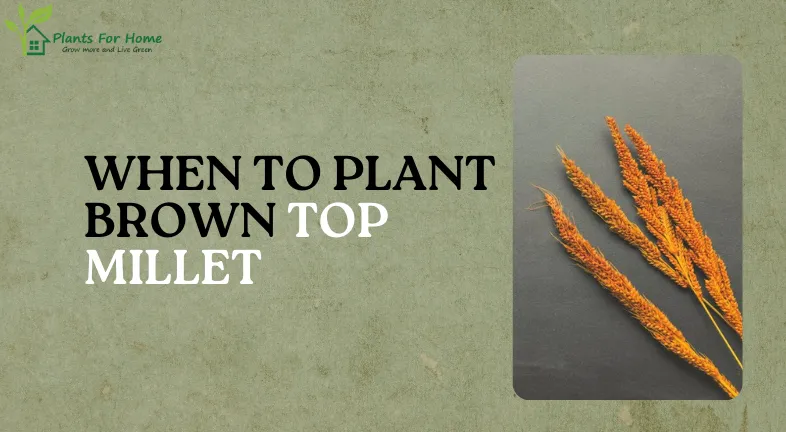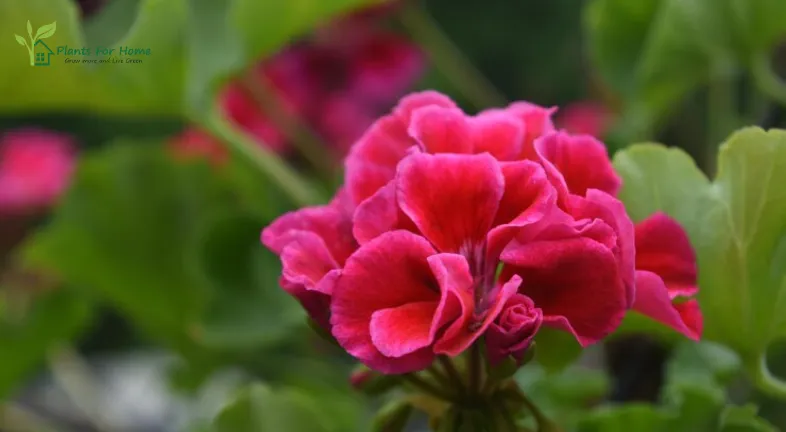
‘Foliage cleaning’ has been advocated on this blog previously, but the Monstera, with its huge, fenestrated leaves, merits its own article. Bigger leaves inherently collect more dust, which affects the plant’s appearance as well as its health. Cleaning is necessary on a regular basis to maintain them healthy.
Fortunately, it’s not difficult. There are several techniques to maintain the vivid color and lack of dust on your Monstera’s leaves. Using a moist towel and supporting the underside with one hand, wipe down the foliage is the easiest method.
REASONS TO CLEAN THE LEAVES ON YOUR MONSTERA
There are several compelling arguments for routinely cleaning the foliage of your Monstera—or any other plant—including the following. The most frequent explanation is simply because it looks better. After taking the time to clean your house, why let the greenery retain the appearance of an old wine bottle?
Plant health is the second explanation. As previously stated and covered in an earlier blog post, a clean and dust-free foliage facilitates improved photosynthetic processes for the plant because it eliminates the need for an additional layer that would impede light penetration.
Keeping dust out of the way also permits the plant to breathe. In our houses, dust and other debris can clog the ‘Stomata,’ which are microscopic pores on the leaves of plants. A healthy monstera will reward you with greater foliage and faster development. A dust-free monstera is a healthy monstera.
Lastly, routine cleaning gives you a chance to look for pests and illnesses and take care of them before they become a problem.
CLEANING PERIOD
Sadly, there isn’t a simple solution to this. Cleaning will be based on you, your house, and your Monstera’s condition. We advise cleaning the foliage of your plants once a week, but in reality, I’m more of a once-a-month sort of guy. Everybody’s house is unique, and the number of occupants will determine how frequently cleaning is needed. Even more dust is produced by windy regions, close building sites, open fireplaces, and children and pets. Your Monstera will be happy if you clean it once a week, but if it sounds like too much work, don’t worry too much. Simply incorporate washing the leaves of your plants into your routine cleaning regimen, regardless of how “regular” that may be.
OPTIONS FOR CLEANING

Shower: The greatest option for simulating actual jungle cleansing is to take a shower. Because the wind and rain do the heavy lifting for them, plants in the natural world are kept dust-free. One simple approach to clean off any dirt and dust from the foliage of your Monstera plant is to bring it into the shower with it while you give it a drink (hot tip: try getting the complete plant family in the shower together for efficiency and save yourself a ton of labor). If you choose to clean with this method, make sure the water is just warm enough. Just right—not too hot, not too chilly.
The traditional Spray & Wipe method: After spraying, wipe. It doesn’t get any easier than this. It’s only a “wipe” if you’re using a damp towel, though. To prevent tearing, always use one hand to support the back of the foliage and take great care around fenestrations, or holes.
Duster: Surely this is apparent? Simply dust the foliage using the same method as the rest of the house. It’s a terrific choice if you’re pressed for time, but it’s not as efficient as the first two techniques.
GLOW IN THE DARK
It should be mentioned that there are a few things you can do to make sure your Monstera shines above the others even before you get your elbow grease dirty.
Your Monstera will always look fantastic with proper plant care.
Make sure the Monsteras are situated in an area with bright, indirect light, as they adore it. During the summer, keep the potting medium slightly moist, and during the winter, let the top few centimeters of the media dry out.
Ensure that the potting mix they are using is of high quality, with large chunks of orchid bark, perlite, horticultural charcoal, compost, and peat.
Moreover, fertilize! A high-nitrogen liquid fertilizer should be administered often to monstera while they are actively growing.
Neem oil is the best option if, despite everything, you still feel like it needs a little something to truly glow. After wiping, this all-natural, organic product, which won’t clog your plants’ pores, leaves the foliage shining. If the sun is or will be directly on the leaves within the next few hours, do not use a spray application.
Neem can be sprayed straight onto leaves, but for a less messy application, try applying into a damp towel and cleaning the leaves directly after.
Some Advice for Preserving the Glow Over Time
- Establish a weekly routine of checking your plants.
- Gently brush the leaves with a gentle brush or cloth.
- To preserve a natural sheen, rotate your plants periodically to guarantee even distribution of light.
- Make sure the humidity levels are right; dry air can make leaves appear lifeless.
- Think about terracotta and other ecological materials pots that have adequate drainage and let the soil breathe.
THINGS TO AVOID:
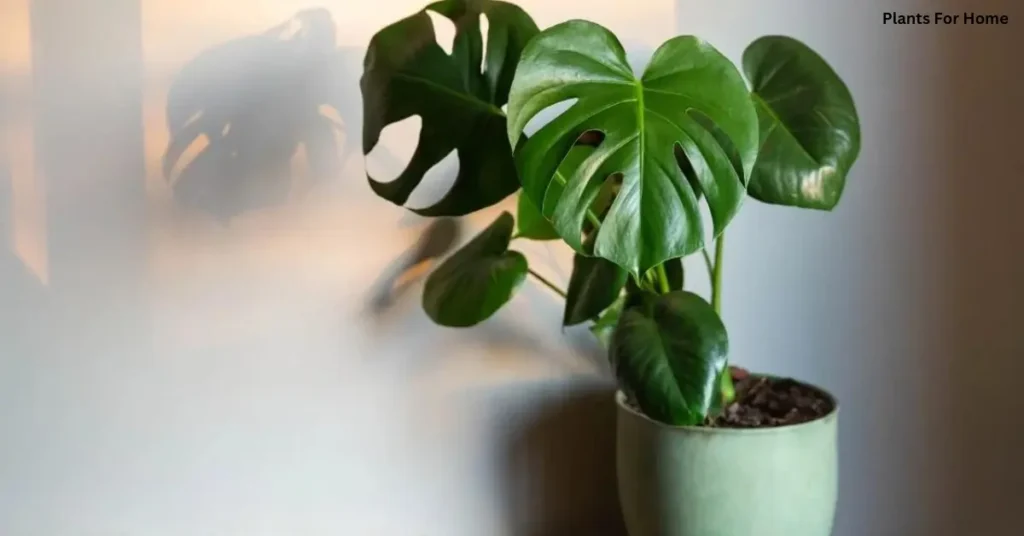
1. Shop-bought Leaf Shines
For a fast fix, it could be tempting to grab that bottle of commercial leaf shine, but you should take a moment to think about the components. Aerosols and chemicals found in many commercial shines may not be sustainable or environmentally friendly.
Possible Damage to Plants:
Certain leaf shines have the potential to obstruct the leaves’ stomata, or tiny holes, which would impair the plant’s breathing.
Over time, chemical residues may draw in more dust and debris.
Overuse might result in difficult-to-remove accumulation and eventually dull-looking leaves.
2. Making the Leaves Look Better-
Although everyone enjoys the appearance of glossy leaves, there’s a thin line between appropriate and excessive luster. Excessive glare can give leaves an artificial, even plastic-like appearance.
How Plant Health May Be Affected
Too much light reflection from glossy leaves can hinder photosynthesis.
A thick sheen may retain moisture and raise the possibility of fungus infections.
Additionally, pests that prefer extremely damp environments may be drawn to it
CONCLUSION
Houseplants like the Monstera are becoming more and more popular because of their vivid emerald leaves and creamy white variegation. Known by several names, including Monstera or the Swiss Cheese plant, this stunning plant adds a touch of natural charm and tropical elegance to any indoor space. It’s not only a popular Instagram pick these days.
But caring for this multihued gem requires much more than simply admiring its breathtaking beauty. In this comprehensive book, we will delve into the realm of the Monstera, unlocking its mysteries and equipping you with the necessary knowledge and abilities to nurture it into a robust specimen.
Houseplants like the Monstera are becoming more and more popular because of their vivid emerald leaves and creamy white variegation.




